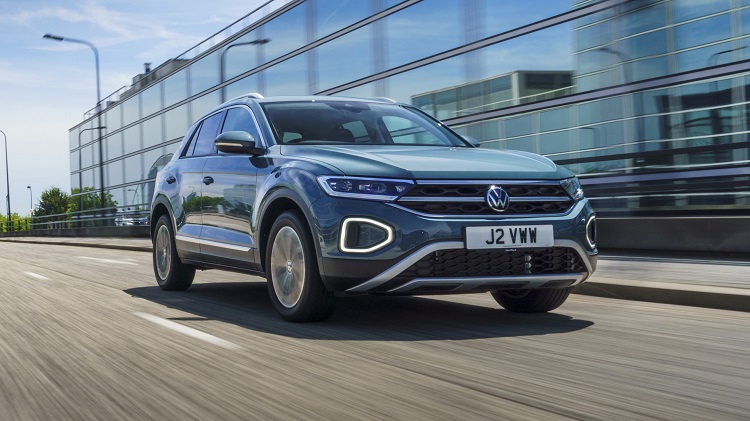will car prices drop in 2023

As we enter the year 2023, many car enthusiasts and potential buyers are eagerly awaiting the answer to a burning question: will car prices drop? The automotive market is constantly evolving, influenced by various factors such as economic conditions, consumer demand, and industry trends. Understanding the current state of the market and analyzing economic indicators can provide valuable insights into what may lie ahead for car prices in the coming year. In this article, we will delve into these aspects to shed light on whether or not car prices are likely to decrease in 2023. By examining predictions and analyzing key factors, we aim to provide a comprehensive understanding of what consumers can expect in terms of affordability and accessibility in the automotive market. So let us embark on this journey together, exploring the intricacies of the industry and uncovering potential outcomes for car prices in 2023.
The current state of the automotive market
The automotive market is currently experiencing a unique set of circumstances that have greatly impacted car prices. Over the past year, the COVID-19 pandemic has caused disruptions in the global supply chain, resulting in a shortage of semiconductors and other essential components needed for vehicle production. This shortage has led to reduced manufacturing capacity and, subsequently, higher prices for new cars.
Additionally, consumer demand for vehicles has surged as people seek safer alternatives to public transportation during the pandemic. This increased demand, coupled with limited supply, has created a seller’s market where dealerships are able to sell vehicles at higher prices due to limited inventory.
Furthermore, used car prices have also skyrocketed in recent months. Many individuals who were hesitant to use public transportation turned to purchasing used cars instead. This surge in demand for pre-owned vehicles has driven up their prices significantly.
In summary, the current state of the automotive market is characterized by high car prices due to supply chain disruptions and increased consumer demand. These factors have created an imbalance between supply and demand, leading to inflated prices for both new and used cars.
Economic indicators for the automotive market
The current state of the automotive market is influenced by various economic indicators that provide insights into future trends and potential price changes. One important indicator to consider is the overall health of the economy. When the economy is strong, people have more disposable income and are more likely to purchase cars, leading to increased demand and potentially higher prices. On the other hand, during economic downturns, consumers tend to tighten their budgets and delay big-ticket purchases like cars, which can result in lower demand and potentially lower prices.
Another key indicator is the availability and cost of raw materials used in car manufacturing. Fluctuations in commodity prices, such as steel, aluminum, and petroleum products, can significantly impact car production costs. If these costs rise, manufacturers may pass on the additional expenses to consumers through higher car prices. Conversely, if raw material costs decrease or stabilize, it could potentially lead to more affordable vehicles.
Additionally, interest rates play a crucial role in determining car prices. When interest rates are low, borrowing becomes cheaper for consumers looking to finance their car purchases. This can stimulate demand and drive up prices due to increased affordability. Conversely, when interest rates rise, borrowing becomes more expensive, which may dampen demand and put downward pressure on car prices.
Considering these economic indicators collectively provides a comprehensive view of the automotive market’s current state. By analyzing factors such as overall economic health, raw material costs, and interest rates, experts can make informed predictions about whether car prices will drop in 2023 or not.
Predictions for the automotive market
As we look ahead to the future of the automotive market, it is natural to wonder what lies in store for car prices in 2023. While predicting the exact trajectory of car prices is a complex task, there are several factors that can provide us with some insights.
One key factor to consider is the state of the global economy. If economic growth remains steady or even experiences a slight uptick, it is possible that car prices may stabilize or even see a modest decrease. However, if there are any major economic downturns or disruptions, such as recessions or trade wars, car prices could be negatively impacted.
Another factor to keep in mind is technological advancements. The automotive industry is undergoing rapid changes with the rise of electric vehicles and autonomous driving technology. As these technologies become more mainstream and production costs decrease, it is likely that we will see more affordable options entering the market. This could potentially lead to a drop in car prices as competition increases.
Additionally, government policies and regulations play a significant role in shaping the automotive market. In recent years, many countries have implemented stricter emission standards and incentives for electric vehicles. If these trends continue, it could further drive down the cost of electric cars and influence overall car prices.
While it is difficult to make precise predictions about car prices in 2023, considering these factors can help us gain a better understanding of what may lie ahead. Ultimately, various economic indicators, technological advancements, and government policies will all contribute to shaping the future landscape of the automotive market and its impact on car prices.
Conclusion
In conclusion, while it is difficult to predict with absolute certainty, there are several factors that suggest car prices may indeed drop in 2023. The current state of the automotive market, coupled with economic indicators and predictions from industry experts, all point towards a potential decrease in prices. Factors such as increased competition among manufacturers, advancements in technology leading to more efficient production processes, and changes in consumer preferences toward more affordable and sustainable options all contribute to this possibility. However, it is important to note that unforeseen events or shifts in the global economy could still impact these predictions. As consumers eagerly await the arrival of 2023, it will be interesting to see how these factors play out and whether car prices will ultimately experience a decline.





